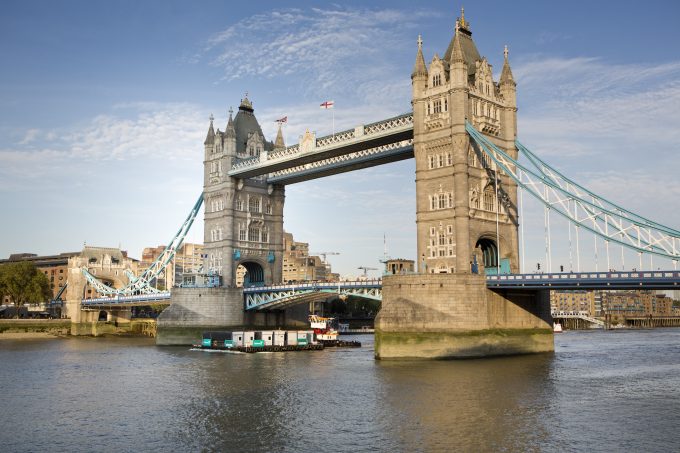UK pauses tariffs on 'everyday' items
Tariffs aren’t just a US thing. The UK – in a move which repudiates the ...

London is facing the perfect opportunity to revitalise the Thames’s reputation as a working river that can be a viable alternative to the city’s gridlocked roads for cargo transport.
At Intermodal Europe in Rotterdam this month, freight and fleet project manager at Transport for London (TFL), Peter Binham, said ...

Comment on this article